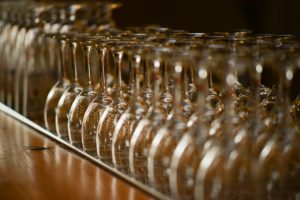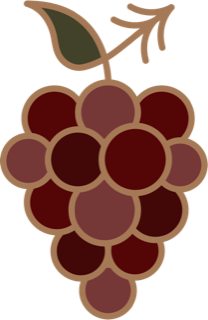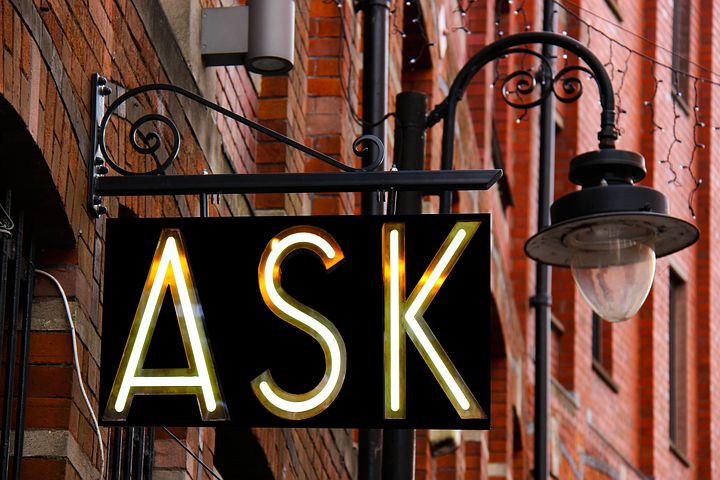I was sitting in front of my computer trying to decide what to write about in my blog for this week. It occurred to me that maybe some of the people who read my blog are new to the wine life. So, in the spirit of getting everyone on the same page, I thought I’d answer (to the best of my ability) some random wine questions. Granted these aren’t truly newbie questions but interesting anyway. I remember when these questions were on my mind…some of them still are! You never stop learning and discovering when it comes to wine. It is such a fascinating and diverse subject. I love the process, the creativity, the tools, and the history.

So, here are some questions/answers for you to ponder.
What is better a natural cork or a screw cap/cork alternative?
There is no right answer to this question. Traditionally, a wine bottle was sealed with a natural cork. A cork is a renewable resource, and it makes a very nice “pop” sound when it is pulled out of a beautiful bottle of wine. Natural corks can typically be found in bottles with a price tag of $20 or more. The screw cap and the cork alternative, offer a less expensive and most times easier to open alternative to a natural cork. Most wines from Australia have a screw cap…my favorite Sauvignon Blanc from New Zealand also has a screw cap.
If you are going to drink your wine right away (or within a week or two), it doesn’t matter what type of seal is on the bottle…cork, cork alternative, or screw cap. But if you want to age a nice (and more expensive) bottle of red wine…it will most likely have a natural cork. Don’t forget to store it correctly so that the natural cork gets moist and prevents oxidation of the wine.
What temperature should I serve wine at?
Wines are typically served at different temperatures (Red vs White). This can vary depending on the wine drinker and what they prefer but here are the usual guidelines to follow:
- Sparkling wines and Light-bodied White Wines are served at between 38-45 degrees F
- Rosé and Full-bodied White Wines are served at between 44-55 degrees F
- Light and Medium-bodied Red Wines are served between 55-60 degrees F
- Bold, Full-bodied Red Wines are served between 60-68 degrees F
Why do we store wine on its side in a cool, dark place?
First of all, wine should be drunk and not stored (just kidding…kind of). But, if you want to store it, store it on its side. Why? Well, the enemy of wine (with a natural cork) is oxygen. If you store a wine bottle on its side, it keeps the cork moist and prevents it from oxidation. If your wine has a screw cap, you may store the wine as you like. But here are a few similar tips: Store horizontally if possible. This saves space. Store in a cool, dark place. This is necessary to maintain the compounds in wine, so it won’t spoil. Store at 50-59 degrees F. This keeps wine from aging too fast.
What’s the “dimple” on the bottom of the wine bottle for?
This is officially called a punt. Wine bottles of yesteryear were flat bottomed and difficult to sit upright due to the irregularity of the bottle. So, glassblowers started putting the punt on the bottom to assist the bottle in staying upright. But it also adds strength to the bottle. As time went on, it just became tradition and the norm. If you go to a fancy restaurant and order a bottle of wine, the wine may be served by the waiter or sommelier pouring the wine and holding it at the bottom of the bottle with their thumb in the punt. A difficult maneuver for sure but it looks kind of cool!
What is the correct way to hold a wine glass?
The best way to hold a wine glass is by the stem. The idea is that you won’t heat the wine with your hands. This is especially important with white and sparkling wine as it is served colder than red wine and by holding it on the stem, you’ll keep it at a cool, refreshing temperature.
If you have a stemless wine glass, you should hold it like a drinking glass but closer to the bottom of the glass. (disclaimer: These are only guidelines and not carved in stone!)

Why are wine bottles different shapes?
There are several different shape bottles that winemakers use to sell their wines. But there are 4 that are used most often: the Burgundy bottle, the Bordeaux bottle, the Alsace bottle, and the Champagne bottle. What’s the difference and what types of wine are used for which ones?
The Burgundy bottle:
This is the oldest style of bottle. It has gently sloping shoulders and a slightly wider body. Its color ranges from light to dark green/brown. It is typically used for Chardonnay, Sauvignon Blanc and Pinot Noir.
The Bordeaux bottle:
This bottle has straight sides with high shoulders. It is the most popular style of bottle. It is used for Cabernet Sauvignon, Merlot, and Bordeaux white wines such as Sauvignon Blanc and Semillon.
The Alsace bottle:
This bottle is tall and thin with sloping shoulders. This bottle is typically clear or light green and is used for Riesling and Gewürztraminer as well as other German varietals.
The Champagne bottle:
This bottle is similar to the Burgundy bottle, but the glass is much thicker and has a punt on the bottom. The bottle is designed in this way so that it can withstand the pressure that the sparkling wines produce in bottle. We don’t want a bottle of Champagne to explode, do we?
It is used for sparkling wines such as Champagne, Cava, Prosecco, and other sparkling wines.
Well, I think that’s enough questions for this blog post. If you have some other burning questions that you’d like to find out about, give me a comment and let me know. I’ll do my best to answer them in the next “Random Question” blog post!
Enjoy your journey into the wine life.
Cheers!

